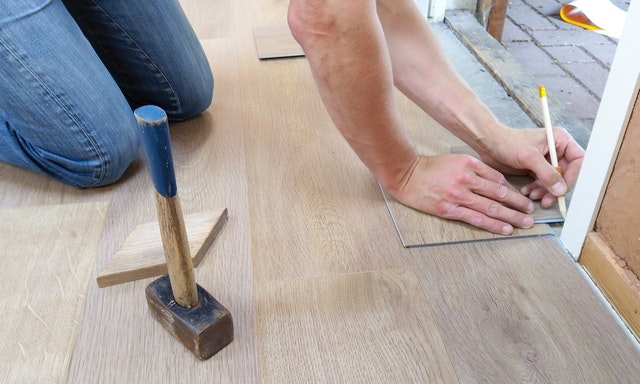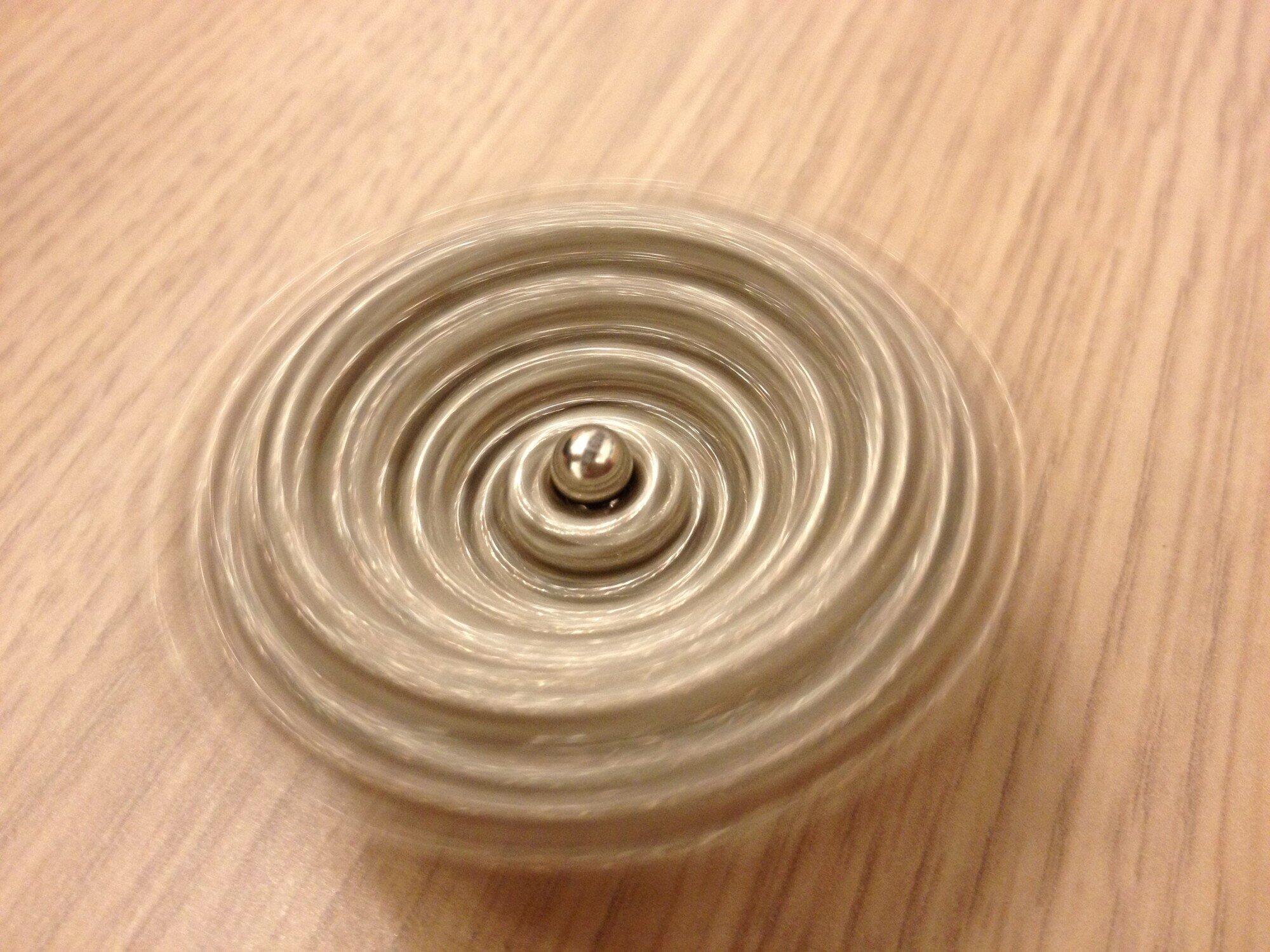In 2021, replacing old flooring was one of the top planned renovation projects. Maybe you bought a fixer-upper with outdated linoleum or kids and pets but perhaps your floors have seen better days. Whatever your reason for upgrading your flooring, you want to make sure the job is done well so you can enjoy your new floor for years to come. There are some common flooring mistakes that can cause problems down the road.
Read on to learn how to avoid making these common flooring mistakes.
Choose the Right Materials
When considering flooring options, there is a wide range of materials available. Consider the room, the level of maintenance, cost, the installation process, and personal preferences.
With hardwood flooring, you have to think of types of woods and colors. Some wood stands up better to wear and tear in high traffic areas and shows less damage in homes with children.
For hardwood flooring options, check out nationalfloorsdirect.com.
Consider the Subfloor
The subfloor is a crucial component in the installation process. An improper subfloor can result in cracks in natural stone, loose squeaky floorboards, or shifting tiles.
Don’t Cut Corners
During the installation of flooring, a smart homeowner doesn’t cut corners. Wait for the subflooring to dry before the next installation step, otherwise, you might end up with gaps or shifting.
If you’re finishing a wood floor, take the time to clean it before the finish application. If you skip this step, the finish won’t stick and your floor will look dull or dirty.
Find an experienced professional in the flooring industry if you don’t have the skills to do it by yourself.
Don’t Forget Expansion Joints
Expansion joints are planned gaps under the baseboards and trim of the perimeter in your flooring. Materials often expand and contract over time. Expansion joints allow them the room to do so without causing damage to your flooring.
Fit the Doorways Properly
When installing flooring, doorways pose unique challenges. The materials must fit underneath the door jamb and reach the correct endpoint. For the right fit, trace a guideline for the jamb and molding.
Think About Patterns
Many residential flooring uses patterns to add interest and style. Before installation, you need to plan for your desired pattern to ensure the materials are in the right position throughout.
Keep an Eye Out For Leaks, Spills, and Humidity Damage
Once your floor is installed, you should never consider the job finished and forget about upkeep. The best floors are regularly maintained to ensure they stay in tip-top shape.
Keep an eye out for any leaks or spills and clean them up as soon as possible. Make sure to get the floor as dry as possible during the clean-up.
For wood floors, you should also check for any warping. Warped materials often indicate that your home’s humidity levels are high, resulting in moisture.
Avoid Flooring Mistakes in Your Home
The lifespan of your flooring all comes down to installation and maintenance. If you want to add new flooring in your home that will last for several years to come, remember these tips to avoid common flooring mistakes.
Working on other home projects? Our home improvement section has plenty of articles to guide you.










